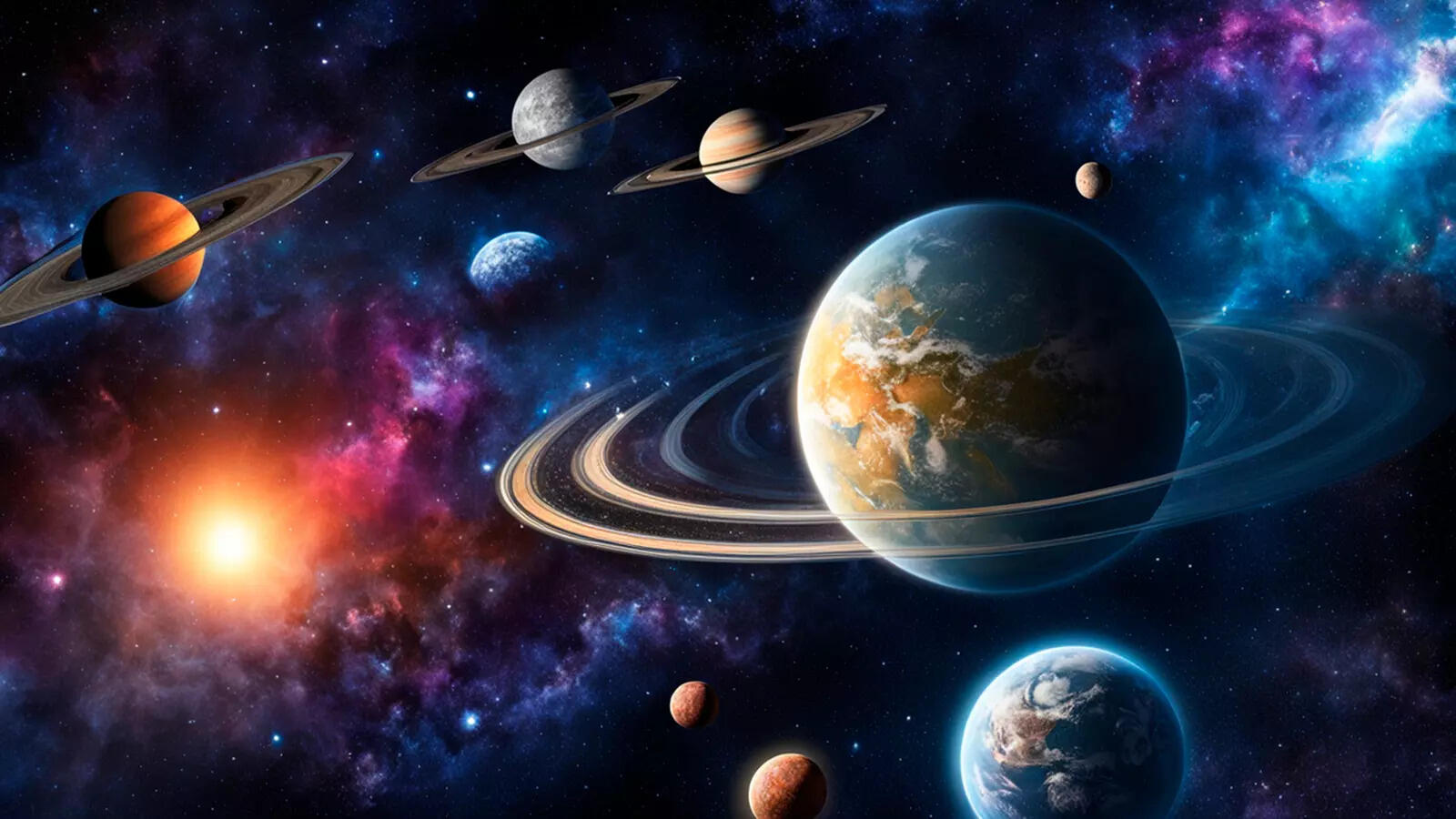What Makes The Blue Planet Unique In The Solar System
Earth is famously called the Blue Planet because over 71% of its surface is covered with water, giving it a striking blue appearance when seen from space. This water, in oceans, seas, rivers, and lakes, reflects sunlight and makes our planet glow like a jewel in the solar system. Earth is unique not only does it shine blue, but it also supports life thanks to its water, atmosphere, and perfect balance of conditions.
Why Earth Looks Blue
The blue colour comes from the way sunlight interacts with water. Water absorbs red wavelengths and reflects blue light, creating that vivid azure glow. The atmosphere enhances this effect by scattering sunlight. Seen from space, the combination of blue oceans, white clouds, and green land gives Earth its magical “Blue Marble” look, as astronauts often call it.
How Water Shapes Life on Earth
Water is essential to life and the planet’s climate. It regulates temperature, nourishes plants and animals, and enriches the soil. Oceans produce oxygen, influence weather systems, and connect countries through trade and travel. On a human scale, water is vital for drinking, agriculture, and generating electricity. Without water, Earth would be dry and lifeless—just like Mars or Venus. Water gives Earth its colour, vitality, and uniqueness in the solar system.
Fascinating Facts About the Blue Planet
Earth isn’t just beautiful; it is vital, vibrant, and full of life, making it truly deserving of the name Blue Planet.

You may also like
- History-sheeter attempts to throw slipper at judge day after getting 10-year jail term
- AB De Villiers Reacts To Suryakumar Yadav's Plea For Help In Playing ODIs, “I'll Do My Homework”
- Bihar polls: FIR filed against RJD MLC over 'inflammatory' remarks
- 'Rojgaar Do, Samajik Nyay Do': AAP's foot march enters Day 2 in UP; Sanjay Singh slams govt over unemployment, caste bias
- Red Fort blast: Punishment for attackers will send message to world, says Amit Shah
Why Earth Looks Blue
The blue colour comes from the way sunlight interacts with water. Water absorbs red wavelengths and reflects blue light, creating that vivid azure glow. The atmosphere enhances this effect by scattering sunlight. Seen from space, the combination of blue oceans, white clouds, and green land gives Earth its magical “Blue Marble” look, as astronauts often call it.
How Water Shapes Life on Earth
Water is essential to life and the planet’s climate. It regulates temperature, nourishes plants and animals, and enriches the soil. Oceans produce oxygen, influence weather systems, and connect countries through trade and travel. On a human scale, water is vital for drinking, agriculture, and generating electricity. Without water, Earth would be dry and lifeless—just like Mars or Venus. Water gives Earth its colour, vitality, and uniqueness in the solar system.
Fascinating Facts About the Blue Planet
- Water Covers 71% of Earth – Most of the planet’s surface is water, while only 29% is land. The Pacific Ocean alone is larger than all land combined, highlighting the sheer scale of water on Earth.
- Oceans Contain 97% of Earth’s Water – Nearly all water is salty. Only 3% is fresh water, stored in glaciers, rivers, and underground reservoirs, making its conservation critical.
- The Only Planet with Liquid Water – Earth uniquely hosts water in all three states: solid (ice), liquid, and gas (vapor). This balance stabilises climate and makes life possible everywhere—from deserts to rainforests.
- Earth’s Colour Changes from Space – Depending on clouds, ice caps, and forests, Earth may appear deep blue, light blue, green, or even white. This dynamic look sets it apart from other planets that appear dull and lifeless.
- Home to Life – Earth’s perfect combination of air, land, and water sustains life. From microscopic plankton in oceans to humans on land, every living being depends on water to survive.
Earth isn’t just beautiful; it is vital, vibrant, and full of life, making it truly deserving of the name Blue Planet.









